Illusion Art – The Intriguing World of Optical Illusion Art
Illusion Art is often used as a means of challenging the viewer’s perception of reality, and can be seen as a way of exploring the boundary between reality and artifice. The works of Illusion Art often play with the viewer’s expectations and assumptions, creating a sense of surprise and wonder. Overall, Illusion Art is a fascinating genre of art that continues to encourage and delight spectators with its ability to deceive and amaze. Let’s take a closer look at what makes this fascinating art movement important to art history.
Contents
Illusion Art Definition
Illusion Art, also known as trompe l’oeil (French for “deceive the eye”), refers to artworks that create an optical illusion that tricks the viewer into believing that the depicted image is real or three-dimensional. These works are often created using various techniques, such as perspective, shading, and color, to create a sense of depth or to make the flat surface of the artwork appear as if it is three-dimensional.
Illusion Art can take many forms, including paintings, drawings, sculptures, and installations.
In painting, Illusion Art can be seen in the works of artists such as Johannes Vermeer (1632 – 1675) and William Harnett (1848 – 1892), who created incredibly realistic depictions of objects and scenes. In sculpture, artists such as Duane Hanson (1925 – 1996) and John De Andrea (1941 – Present) created hyper-realistic sculptures of people, using materials such as fiberglass and silicone to make the figures appear lifelike.
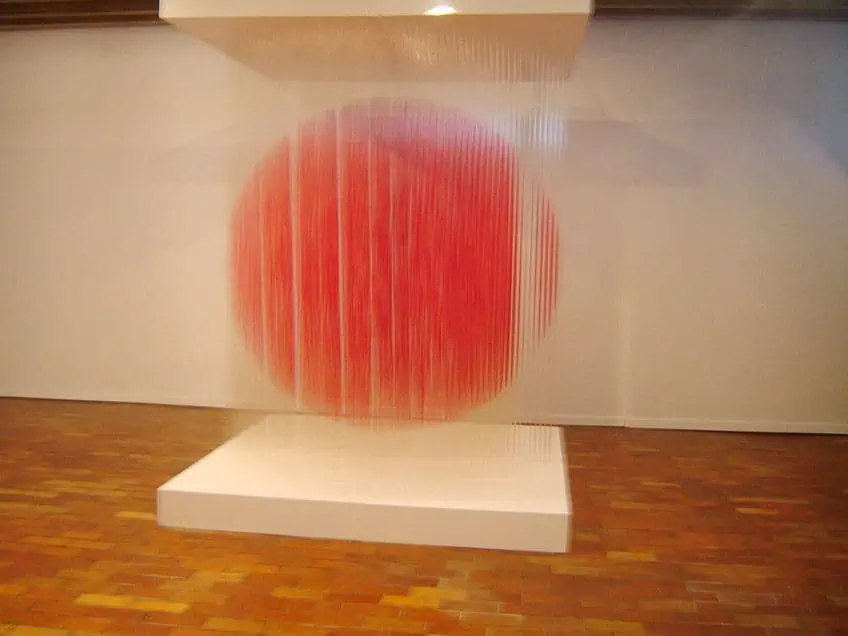
Illusion Art can also be used in installations, where the viewer is invited to enter a space that has been designed to create an illusion. For example, artist Anish Kapoor’s (1954 – Present) work Descension (2015) features a large circular hole in the ground that creates the illusion of an infinite vortex, while Felice Varini’s (1952 – Present) Cercle et suite d’éclats (2009) uses painted geometric shapes to create the illusion of three-dimensional forms. In the rest of this article, we will closely examine Optical Illusion Art, illusion paintings, 3D Illusion Art, and prominent artists in this creative field. But first, let us look at the Western art history canon’s timeline of how Illusionism Art came to be an influential art style.
A Brief History of Illusionism Art
The Illusion Art definition, also known as Trompe l’oeil, has a long and fascinating history that spans many centuries and artistic traditions. The earliest examples of Illusion Art can be traced back to ancient Greece and Rome, where painters and sculptors used techniques such as foreshortening and perspective to create the illusion of depth and three-dimensionality. During the Renaissance, artists such as Leonardo da Vinci (1452 – 1519) and Michelangelo (1475 – 1564) expanded on these techniques, creating works that were even more realistic and lifelike.
The development of unbent perspective during this period allowed creatives to create the perception of depth and space on a two-dimensional surface.
In the 17th century, Dutch painters such as Johannes Vermeer (1632 – 1675) and Pieter Claesz (1597 – 1661) became renowned for their ability to create incredibly realistic still lifes that tricked the eye into believing that the depicted objects were real. This style of painting, known as Trompe l’oeil, became increasingly popular during the Baroque and Rococo periods. In the 19th century, the development of photography challenged artists to find new ways of creating the illusion of reality in their works. This led to the rise of the Pre-Raphaelite movement, which sought to create highly realistic depictions of the natural world.
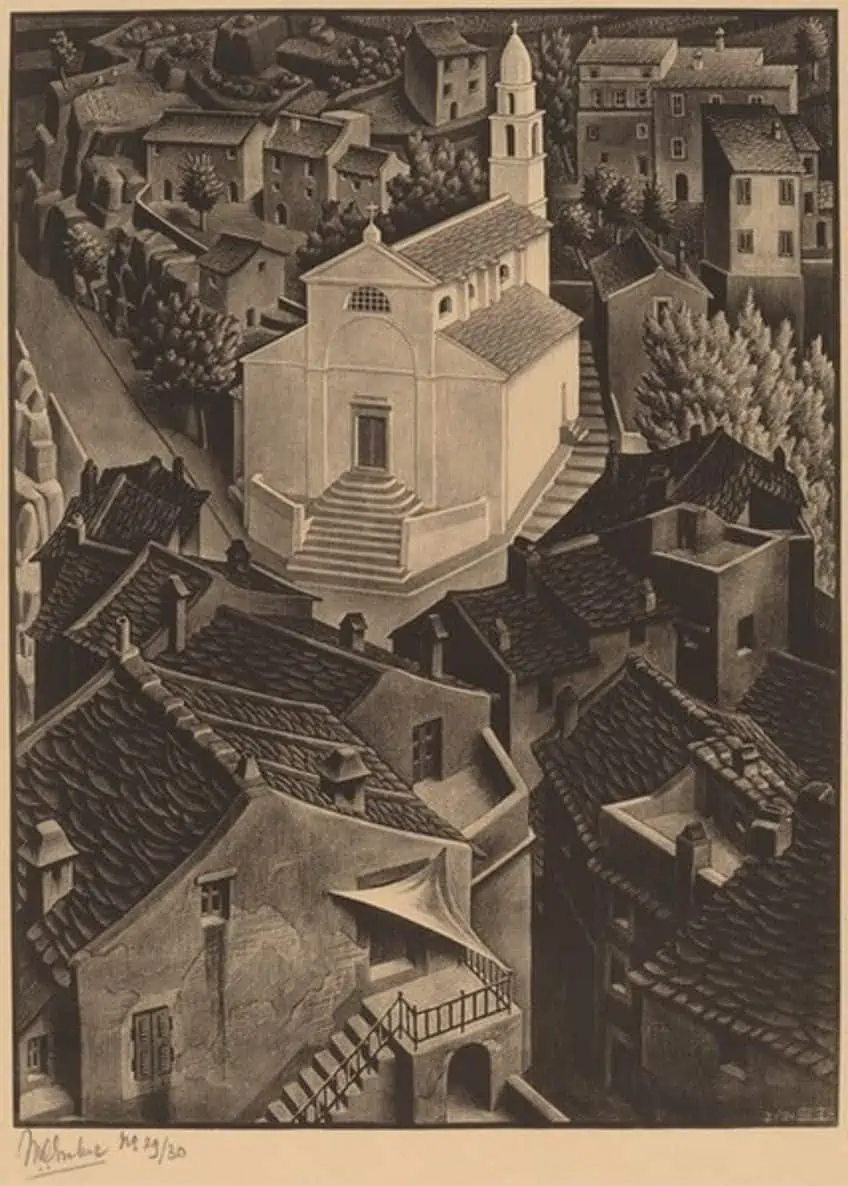
In the 20th century, Illusion Art continued to evolve, with artists such as Salvador Dalí (1904 – 1989) and M.C. Escher (1898 – 1972) exploring the boundaries between reality and illusion. Escher, in particular, became known for his mind-bending prints that played with perspective and geometry. Today, Illusion Art remains a popular and influential genre, with artists from around the world continuing to explore new ways of creating the illusion of reality in their works. From hyper-realistic sculptures to immersive installations, Illusion Art continues to challenge and inspire viewers with its ability to deceive and amaze.
Importance of Illusion Art
Illusion Art, also known as Trompe l’oeil, has played an important role in the history of art, from the ancient world to the present day. This genre of art has captured the imagination of artists and viewers alike, challenging our perceptions of reality and inviting us to see the world in new and unexpected ways. One of the key reasons for the importance of Illusion Art is its ability to create a sense of wonder and amazement in the viewer. Illusion Art can create incredibly realistic depictions of objects and scenes, tricking the eye into believing that the depicted image is real or three-dimensional. This can create a sense of surprise and delight in the viewer, as they are amazed by the skill and ingenuity of the artist.
Illusion Art can also be used to challenge our perceptions of reality, inviting us to question what we see and what we believe.
By creating works that blur the line between reality and artifice, Illusion artists can prompt us to think deeply about the nature of perception and representation. Illusion Art can also be used to create a sense of playfulness and whimsy in the viewer. By using visual tricks and optical illusions, artists can create works that are fun and engaging, drawing the viewer in and inviting them to explore the work in greater detail. Throughout the history of art, Illusion Art has been used to create works that are both beautiful and thought-provoking. From the hyper-realistic paintings of the Renaissance to the mind-bending prints of M.C. Escher, Illusion Art has inspired generations of artists to push the boundaries of what is possible in art.
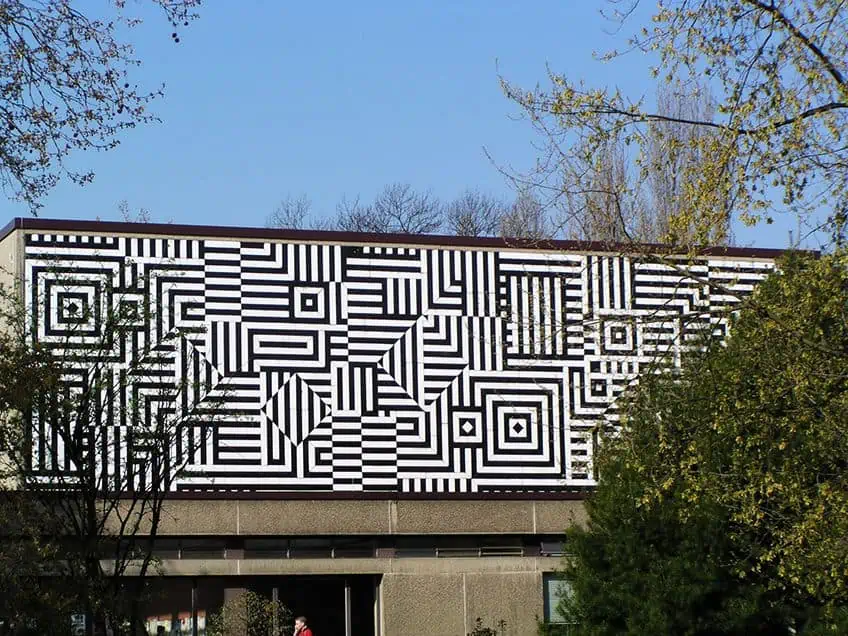
Today, Illusion Art continues to play an important role in the art world, with artists from around the world continuing to explore new and innovative ways of creating the illusion of reality in their works. Whether through hyper-realistic sculptures, immersive installations, or mind-bending digital art, Illusion Art remains a vital and exciting genre of art that continues to challenge and inspire viewers.
Types of Illusion Art
In this section of the article, we will explore several types of Illusion Art, each with its unique approach and style. We will begin with Trompe l’oeil, a technique that uses realistic imagery to create the illusion of three-dimensional space on a flat surface. We will also delve into anamorphic art, which distorts the image to create a hidden image that can only be seen from a specific angle.
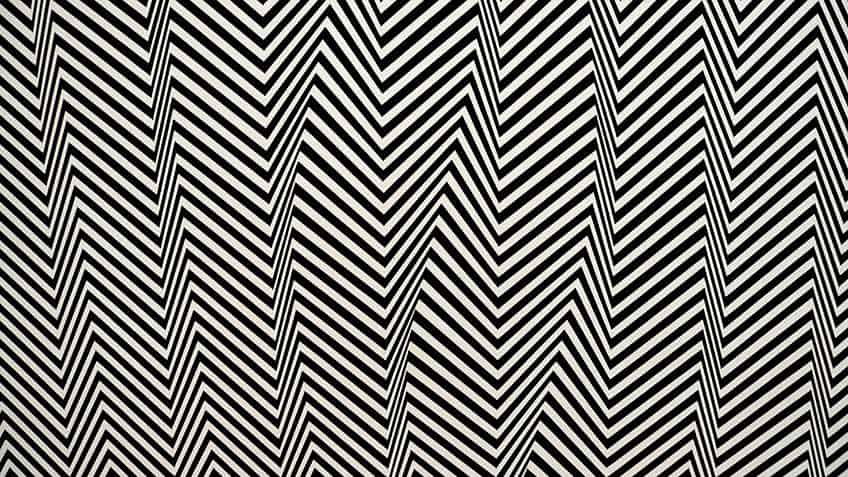
Op art, a style that emerged in the 1960s, uses optical illusions to create the impression of movement or vibration in a static image. Kinetic art, however, uses actual movement to create the illusion of changing shapes and forms. Finally, we will explore other types of Illusion Art, such as forced perspective. Through this exploration, we hope to gain a greater understanding of the power and importance of Illusion Art in the history of art and beyond.
Trompe l’oeil
Trompe l’oeil is a French term that means “deceive the eye.” It is a style of art that creates an illusion of three-dimensional objects or scenes that appear to be real and tangible, often to the point where the viewer is uncertain whether they are looking at a painting or an actual object. The goal of Trompe l’oeil art is to trick the viewer into believing that what they are seeing is real, by using techniques like shadowing, perspective, and color. The Trompe l’oeil style has its roots in ancient Greek and Roman art, where artists used the technique to create realistic depictions of objects like fruit, animals, and architecture.
However, the Trompe l’oeil movement as we know it today began in the Renaissance period in Europe, where it gained popularity as an artistic style.
The Pioneers of Trompe l’oeil
The early pioneers of Trompe l’oeil art were Italian artists like Andrea Mantegna (1431 – 1506) and Paolo Uccello (1397 – 1475), who used the technique to create realistic depictions of architecture and perspective. However, it was the Flemish painter Jan van Eyck (1390 – 1441) who is considered the father of Trompe l’oeil art, thanks to his pioneering work in creating lifelike portraits and still-life paintings.
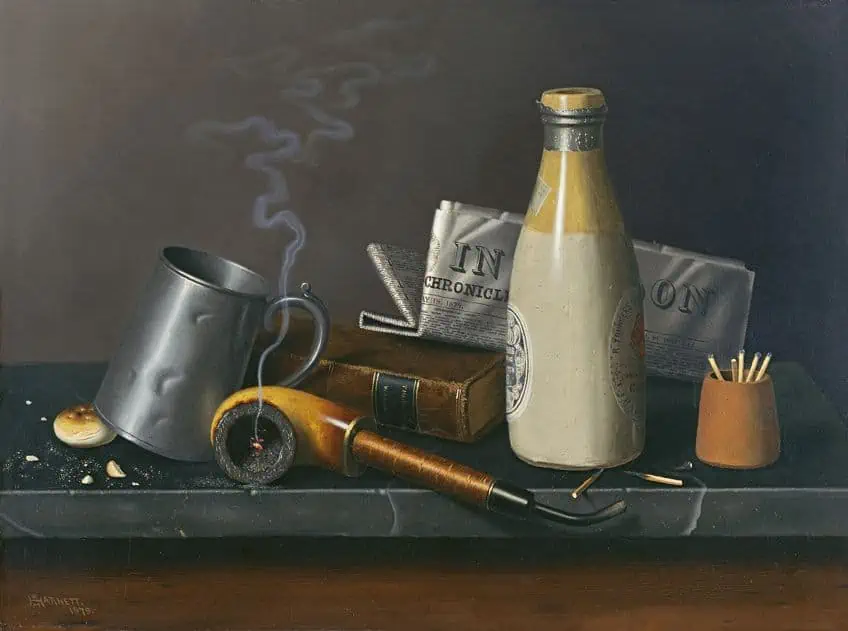
Baroque Period and Trompe l’oeil Art
During the Baroque period, Trompe l’oeil art reached new heights of popularity and complexity. Artists like Gianlorenzo Bernini (1598 – 1680) and Caravaggio (1571 – 1610) used the technique to create elaborate illusions that played with the viewer’s perceptions of space and reality.
In the 18th century, Trompe l’oeil art became especially popular in France, where artists like Jean-Baptiste-Siméon Chardin (1699 – 1779) and Jean-Baptiste Oudry (1686 – 1755) used the technique to create incredibly realistic still-life paintings.
The 20th Century and Trompe l’oeil Style
In the 20th century, the Trompe l’oeil style experienced a resurgence thanks to artists like Salvador Dalí (1904 – 1989) and Rene Magritte (1898 – 1967), who used the technique to create surreal and often humorous works of art. Today, Trompe l’oeil art is still a popular artistic style, and can be found in a variety of mediums, including painting, sculpture, and even street art.
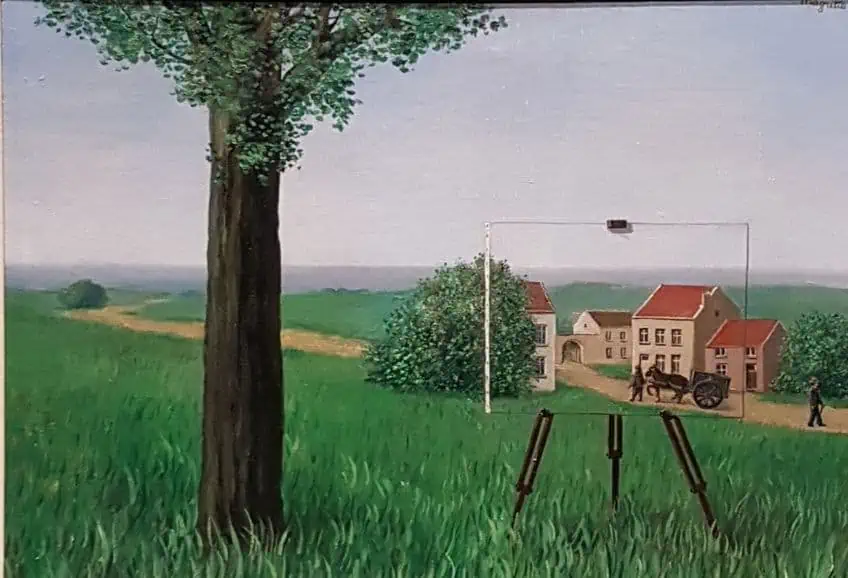
Anamorphic Art
Anamorphic Art is a technique used in visual art to create distorted images that appear normal when viewed from a specific angle or with a certain device. The term “anamorphic” comes from the Greek words “ana” meaning “formed again” and “morphe” meaning “form.”
The technique is often used to create optical illusions that challenge the viewer’s perception of space and perspective.
Anamorphic Art’s Origins
The origins of Anamorphic Art can be traced back to the Renaissance, when artists like Leonardo da Vinci (1452 – 1519) and Hans Holbein the Younger (1497/8 – 1543) used the technique to create hidden messages and symbols in their works. However, the first known use of anamorphic art dates back to ancient Greece, where artists used the technique to create distorted images on curved surfaces like vases and cups.

The 20th Century and Anamorphic Art
During the 20th century, anamorphic art experienced a resurgence thanks to artists like Istvan Orosz (1951 – Present), who is considered one of the key figures in the modern anamorphic art movement. Orosz’s work often features intricate and highly detailed anamorphic illusions that challenge the viewer’s perception of space and perspective.
Notable Anamorphic Artist
Other notable artists who have contributed to the anamorphic art movement include Felice Varini (1952 – Present), who creates large-scale anamorphic installations that interact with the surrounding architecture, and Julian Beever (1959 – Present), who creates anamorphic street art that appears to pop out of the ground when viewed from a specific angle.
Anamorphic art has also been used in popular culture, with examples including the famous “skull” scene from the movie The Da Vinci Code (2006) and the album cover for Pink Floyd’s Ummagumma (1969).
Optical Illusion Art
Op Art, short for Optical Illusion Art, is a style of art that creates optical illusions through the use of geometric patterns, colors, and shapes. The goal of Op Art is to challenge the viewer’s perception and create the illusion of movement, depth, or hidden images.
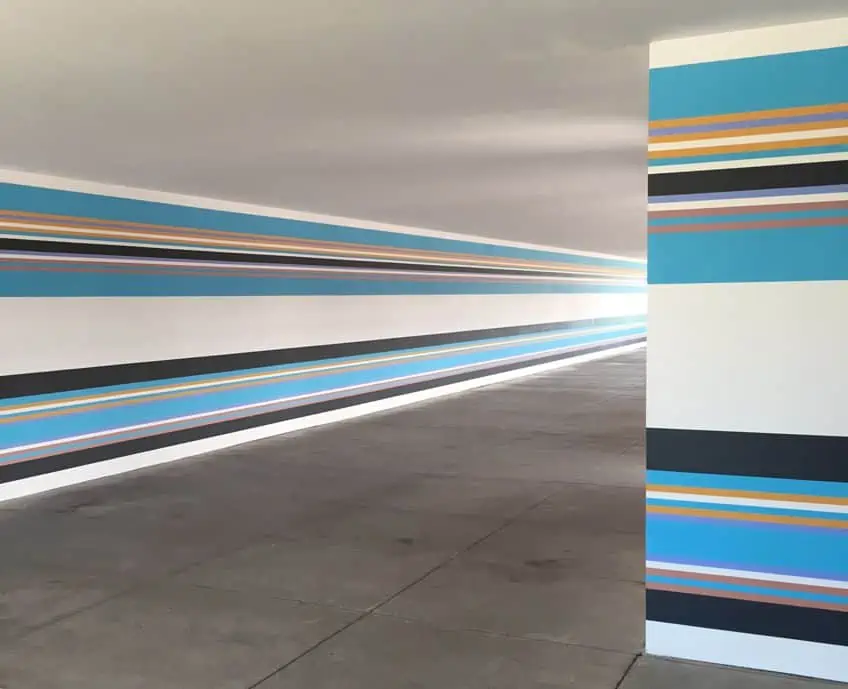
Op Art’s Emergence
The Op Art movement emerged in the mid-20th century, in the early 1960s. It was a reaction against the abstract expressionist movement of the previous decade, which emphasized subjective emotion and personal expression.
Op Art, in contrast, emphasized objectivity and precise, calculated techniques to create optical illusions.
Key Figures to the Op Art Movement
One of the key figures in the Op Art movement was Hungarian-born artist Victor Vasarely (1906 – 1997). He is often considered the father of Op Art and is known for his use of geometric shapes and bold colors to create illusions of movement and depth. Another prominent Op artist was Bridget Riley (1931 – Present), a British painter who used repetitive patterns to create the illusion of movement and three-dimensional space.
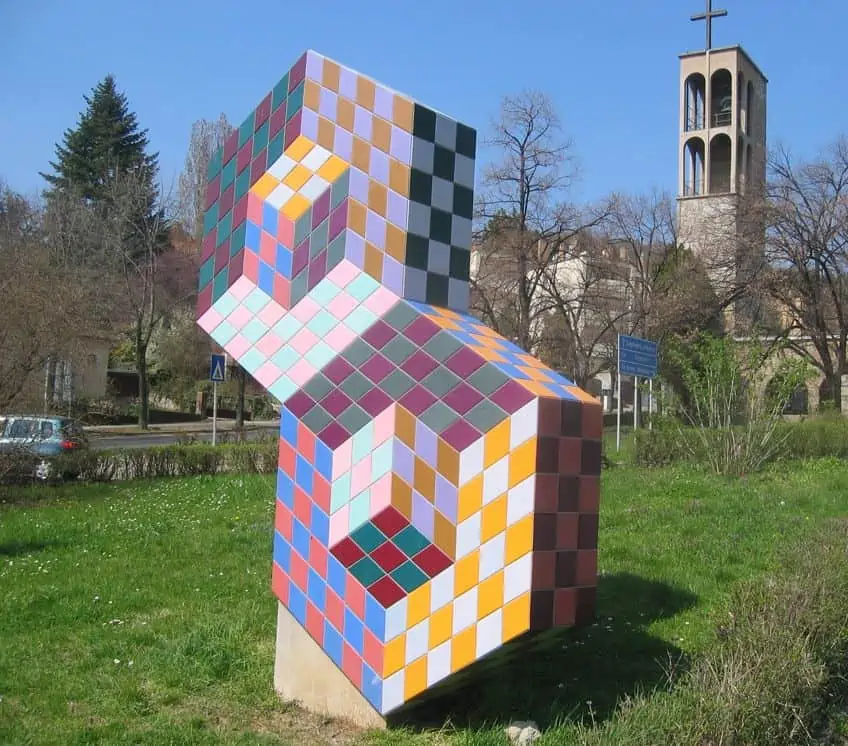
Other notable Op artists include Richard Anuszkiewicz (1930 – 2020), who explored the effects of color and light on perception, and Yaacov Agam (1928 – Present), who created kinetic art that changed depending on the viewer’s position. Op art was influential in the 1960s and 1970s, inspiring fashion, graphic design, and even architecture. It fell out of favor in the 1980s, but has since experienced a resurgence in popularity and continues to influence contemporary artists and designers.
Kinetic Art
Kinetic Art is a style of art that involves movement or the illusion of movement, often through the use of mechanical or electronic devices. Kinetic Art is often associated with the Op art movement, as both styles emphasize the creation of optical illusions through the use of movement.
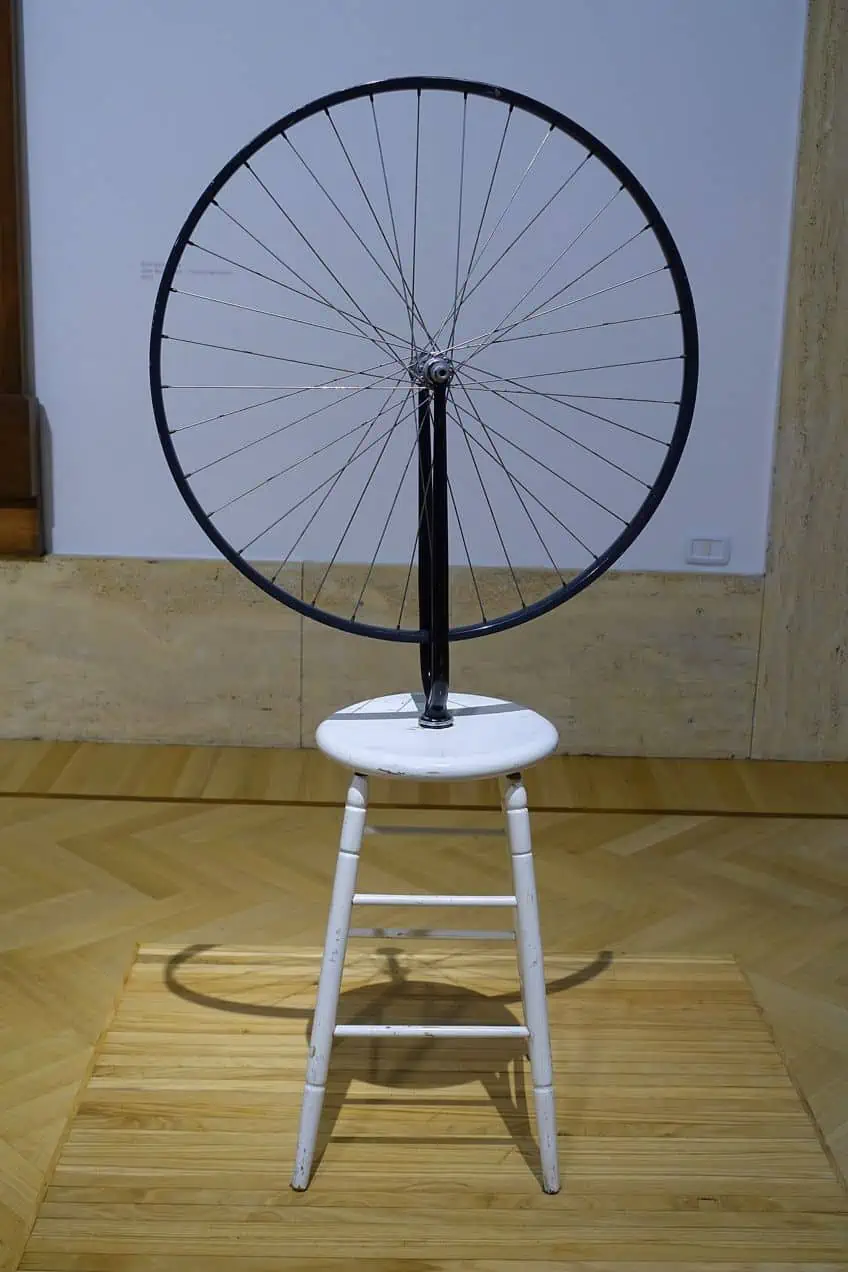
The Origins of Kinetic Art
The origins of Kinetic Art can be traced back to the early 20th century, with artists like Marcel Duchamp (1887 – 1968) and Alexander Calder (1898 – 1976) creating sculptures and installations that incorporated movement.
However, the term Kinetic Art was not coined until the mid-20th century, when artists like Naum Gabo (1890 – 1977) and Jean Tinguely (1925 – 1991) began to explore the use of mechanical and electronic devices in their art.
Key Features of Kinetic Art
One of the key features of Kinetic Art is its use of movement to create visual effects and illusions. This can include the movement of individual elements within a piece, as well as the movement of the viewer around the piece. Many kinetic artists also use light and sound to enhance the visual effects of their work.

Key Kinetic Artists
Some of the key kinetic artists whose work can also be categorized as Illusion Art include Jesus Rafael Soto (1923 – 2005), who used suspended wires to create the illusion of three-dimensional shapes, and Yaacov Agam (1928 – Present), who created sculptures and installations that changed depending on the viewer’s perspective.
Other notable kinetic artists include Alexander Calder (1898 – 1976), who is best known for his mobile sculptures that move in response to air currents, and George Rickey (1907 – 2002), who created sculptures that moved in response to wind or other external forces.
Other Types of Illusion Art
In addition to Trompe l’oeil, Anamorphic, Op Art, and Kinetic Art, there are several other types of Illusion Art that exist in the world. Let us look at a few other ways of using the effect of illusion in the production of artworks.
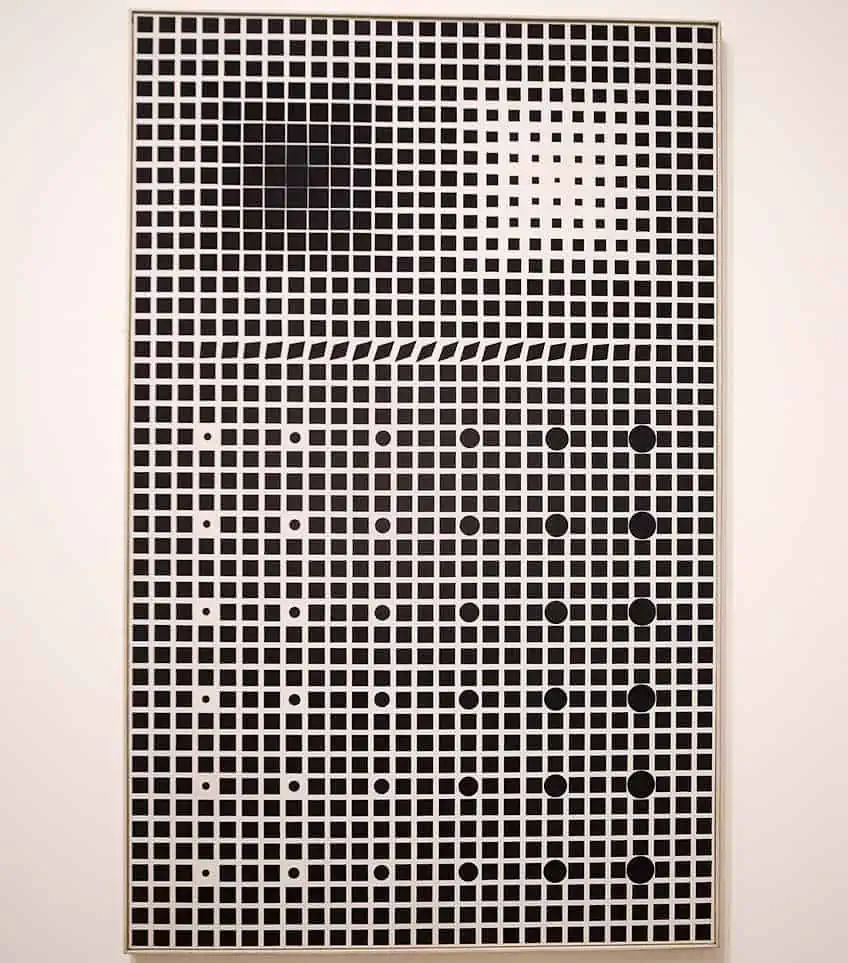
Shadow Art
One such type is Shadow art, which involves the use of shadows to create the illusion of three-dimensional objects or scenes. Artists create intricate sculptures or installations that, when lit from a specific angle, cast shadows that appear to be completely separate from the object itself.
Mosaic Art
Mosaic art is another type of Illusion Art that uses small, colorful tiles or other materials to create images that appear to be more detailed than they actually are.
By carefully arranging these materials, artists can create complex patterns and images that play tricks on the eye.
Performance Art
Finally, there is also Performance Art, which can involve a wide range of techniques and styles to create illusions or challenge the viewer’s perception. Some performance artists use elaborate costumes or props to create illusions, while others use physical movement or sound to create sensory illusions.
Forced Perspective
Another type of Illusion Art is Forced Perspective, which is often used in photography or film to create the illusion of depth and dimensionality. By placing objects or people at different distances from the camera and using clever camera angles, artists can create images that appear to be three-dimensional even though they are actually flat.
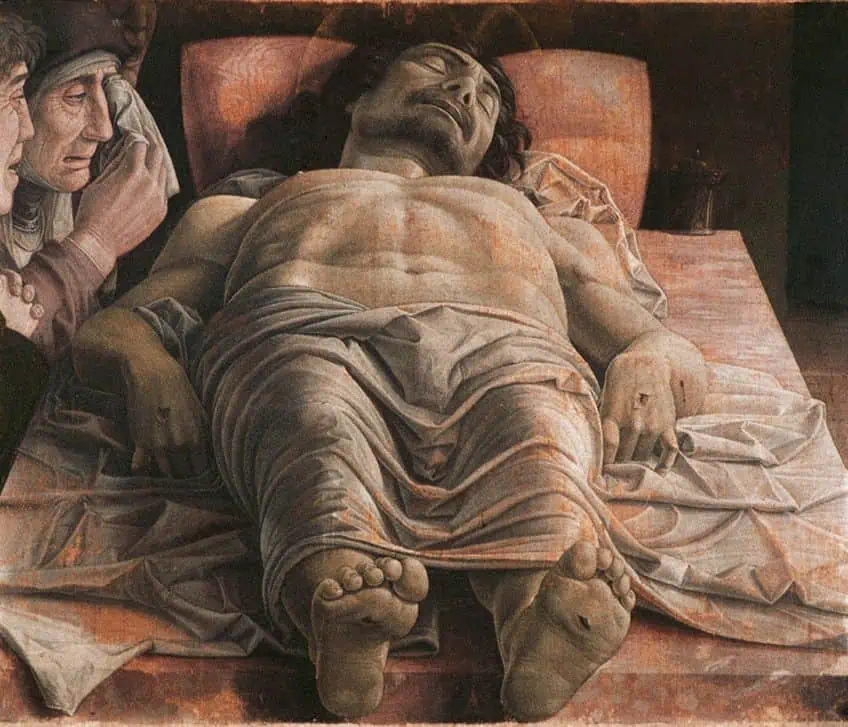
Famous Illusion Artists
From the hyper-realistic paintings of Trompe l’oeil to the mind-bending illusions of Optical Illusion Art and Kinetic Art, Illusion artists have pushed the boundaries of what we think is possible in art. In this section of the article, we will take a closer look at some of the most famous Illusion artists throughout history, their unique styles, and how they have contributed to the world of art.
M.C. Escher (1898 – 1972)
| Date of Birth | 1898 |
| Date of Death | 1972 |
| Country of Birth | Netherlands |
| Art Movements | Modern Art |
| Genre/Style | Illusion Art |
| Mediums Used | Paint |
| Dominant Themes | Metamorphosis – a shape or thing turning into something entirely different |
M.C. Escher was a Dutch artist who gained worldwide fame for his mind-bending, illusionary artworks. He developed a unique style that blended mathematics, optical illusions, and impossible constructions, creating intricate, mesmerizing patterns that defy the laws of nature. Escher’s innovative technique challenged traditional notions of perspective and space, creating a surreal world that has captured the imagination of millions. Escher’s contributions to the world of art are immeasurable, and his works have inspired countless artists, mathematicians, and scientists.
His artwork has been featured in museums and galleries around the world, and his prints remain hugely popular with art lovers of all ages.
Illusion Art by M.C. Escher
| Title | Relativity |
| Date | 1953 |
| Medium | Lithograph |
| Dimensions (cm) | 27.7 × 29.2 |
| Style | Illusion Art |
| Subject | Stairs and figures |
| Location | Gemeentemuseum, Hague, Netherlands |
One of Escher’s most famous artworks is Relativity (1953), a lithograph print from 1953 that depicts a seemingly impossible three-dimensional world with stairs and figures that appear to defy gravity. The artwork is a classic example of Escher’s fascination with the concept of infinity and his ability to create illusions that challenge our perception of reality.
Salvador Dalí (1904 – 1989)
| Date of Birth | 1904 |
| Date of Death | 1989 |
| Country of Birth | Spain |
| Art Movements | Surrealism, Cubism, and Dadaism |
| Genre/Style | Modern art |
| Mediums Used | Oil on canvas, drawings, lithographs, watercolors, ink wash, charcoal on paper, or cardboard, and sculpture |
| Dominant Themes | Man’s universe and feelings, sexual symbolism, and ideographic imagery |
Salvador Dalí was a Spanish artist known for his surreal and dreamlike paintings that often incorporated bizarre and unexpected elements. He developed a unique style that blended traditional techniques with avant-garde ideas, creating a world that was both familiar and unsettling. Dalí’s innovative technique involved using vivid colors, distorted shapes, and unexpected juxtapositions to create works that were both provocative and profound. Dalí’s contributions to the world of art are vast, and his works have had a lasting impact on modern art. He was a key figure in the Surrealist movement, which sought to challenge traditional notions of reality and create new, more imaginative ways of seeing the world.
His works have been featured in countless exhibitions and museums, and his influence can be seen in the works of many contemporary artists.
An Illusion Painting by Salvador Dalí
| Title | The Persistence of Memory |
| Date | 1931 |
| Medium | Oil on canvas |
| Dimensions (cm) | 24 x 33 |
| Style | Surrealism |
| Subject | Time and landscape |
| Location | The Museum of Modern Art, New York City, United States |
One of Dalí’s most famous artworks is The Persistence of Memory, a painting from 1931 that depicts melting clocks draped over rocks and other objects in a desolate landscape. The artwork is a classic example of Dalí’s surreal style and his fascination with the concept of time. The painting has become an iconic image of 20th-century art and remains a popular subject of discussion among art critics and enthusiasts alike.
Bridget Riley (1931 – Present)
| Date of Birth | 1931 |
| Date of Death | N/A |
| Country of Birth | United Kingdom |
| Art Movements | Modern art |
| Genre/Style | Hard-edge painting, and Op Art |
| Mediums Used | Paint and drawing |
| Dominant Themes | Stress and relaxation, balance and asymmetry, energy and stasis, and other psychic states |
Bridget Riley is a British artist known for her Op Art paintings that play with the viewer’s perception and create optical illusions. She developed a unique style that involved using geometric shapes, colors, and lines to create works that appear to be moving or pulsating. Riley’s innovative technique challenged traditional notions of painting and paved the way for a new generation of artists to experiment with abstract art. Riley’s contributions to the world of art are significant, and her works have been exhibited in galleries and museums around the world. She was a key figure in the Op Art movement, which sought to create optical illusions that challenge the viewer’s perception of reality.
Her works have inspired countless artists and designers and have become iconic images of modern art.
Optical Illusion Art by Bridget Riley
| Title | Movement in Squares |
| Date | 1961 |
| Medium | Synthetic emulsion on board |
| Dimensions (cm) | 34.1 × 26.8 |
| Style | Optical Illusion Art |
| Subject | Geometric layout and spatial dynamics |
| Location | Arts Council Collection, Southbank Centre, London, United Kingdom |
One of Riley’s most famous artworks is Movement in Squares, a painting from 1961 that features a series of squares arranged in a grid pattern. The painting creates a sense of movement and vibration as if the squares are pulsating or shifting in space. The artwork is a classic example of Riley’s use of geometric shapes and bold colors to create works that challenge the viewer’s perception and create optical illusions.
Felice Varini (1952 – Present)
| Date of Birth | 1952 |
| Date of Death | N/A |
| Country of Birth | Switzerland |
| Art Movements | Illusion Art |
| Genre/Style | Op Art |
| Mediums Used | Sculpture |
| Dominant Themes | Tricking the eye with shapes, color, and space |
Felice Varini is a Swiss 3D Illusion artist known for his large-scale, site-specific installations that use geometric shapes and perspective to create optical illusions. He developed a unique style that involves painting or placing geometric shapes onto walls, floors, and ceilings, creating works that appear to float or shift when viewed from different angles. Varini’s innovative technique challenges traditional notions of painting and sculpture and creates works that interact with the surrounding architecture in unexpected ways.
His installations have been featured in museums and public spaces around the world, and his works have inspired a new generation of artists to experiment with optical illusions and site-specific installations.
3D Illusion Art by Felice Varini
| Title | Cercle et suite d’éclats |
| Date | 2009 |
| Medium | Metallic paint |
| Dimensions (cm) | N/A |
| Style | Optical Illusion Art |
| Subject | Geometric layout and spatial dynamics |
| Location | N/A |
One of Varini’s most famous artworks is Cercle et suite d’éclats, an installation in the Grand Palais in Paris that features a series of red circles painted onto the walls and floors of the space. The circles appear to be suspended in mid-air and create a sense of movement and depth when viewed from certain angles. The artwork is a classic example of Varini’s use of geometric shapes and perspective to create works that challenge the viewer’s perception and create optical illusions.
Techniques and Materials Used in Illusion Art
Illusion Art employs various techniques such as perspective, shadow and light, color theory, and other innovative methods to create works that appear to be something they are not. These techniques have been used by artists throughout history to create optical illusions that trick the eye and make the viewer question what they are seeing. This part of the article will analyze the technical aspects of Illusion Art, including how artists use perspective, shadow and light, color theory, and other innovative techniques to create illusions.
We will also examine the materials used in creating Illusion Art and how they contribute to the overall effect of the artwork.
Perspective
Perspective is a key element of Illusion Art, used by artists to create the illusion of depth and three-dimensionality in their works. The use of perspective in art can be traced back to the Renaissance period when famous artists used it to create realistic paintings that mimicked the way objects appear in the real world. In Illusion Art, perspective is used in a more exaggerated and often surreal way to create optical illusions that challenge the viewer’s perception of reality. Artists may use techniques like forced perspective, where objects are intentionally distorted to create a sense of depth and scale, or anamorphosis, where an image appears distorted or stretched until viewed from a specific angle or perspective.
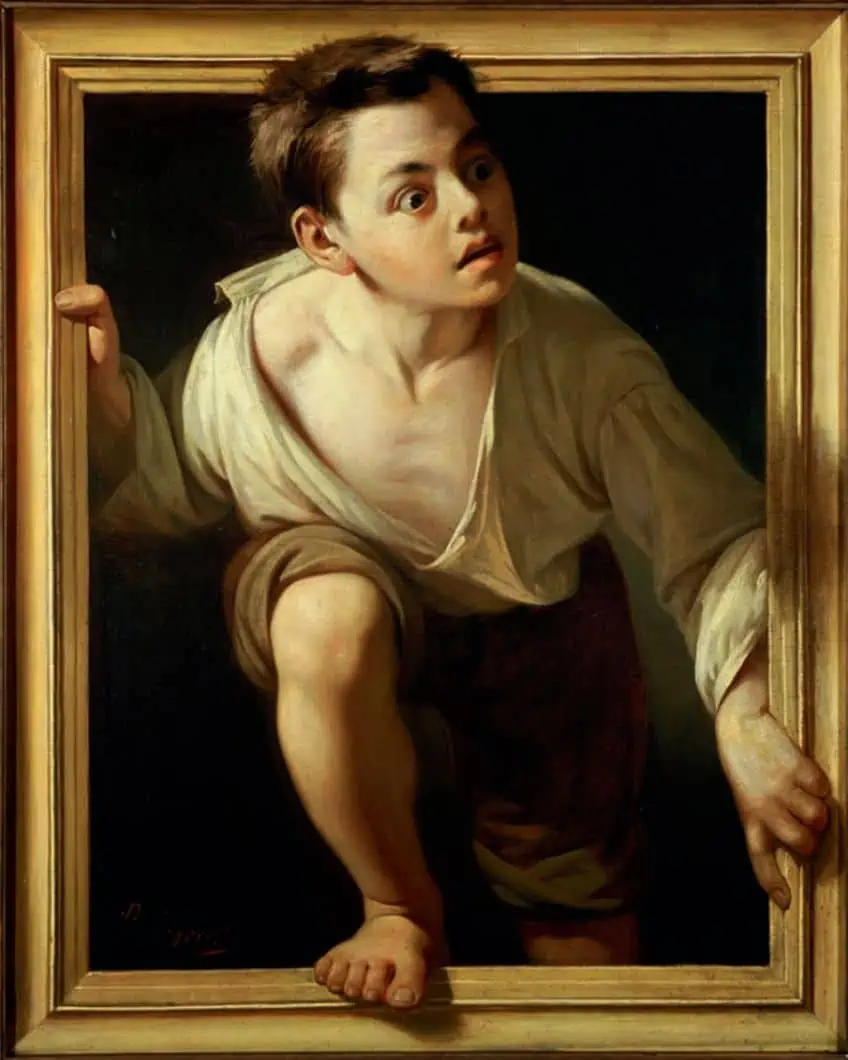
Shadow and Light
Shadow and light are essential elements of Illusion Art, used by artists to create the illusion of depth, volume, and movement. Shadows are created when light is blocked by an object, and the direction, intensity, and color of the shadow can convey a lot of information about the object and its surroundings. In Illusion Art, shadows can be used to create a sense of depth and three-dimensionality, or to distort the perception of objects and spaces. Artists can use various techniques to manipulate shadow and light in their works. For instance, they may use chiaroscuro, a technique that emphasizes the contrast between light and dark areas to create a sense of volume and depth. This technique was popularized during the Renaissance.
In Illusion Art, shadow and light can be used to create optical illusions that challenge the viewer’s perception of space and form.
For example, artists may use shadows to create a sense of movement or to create the illusion of objects floating in space. Other artists, such as Dan Flavin (1933 – 1996), use light as the primary medium of their works, creating immersive environments that challenge the viewer’s perception of space and color. One famous example of the use of shadow and light in Illusion Art is the work of James Turrell (1943 – Present). Turrell creates installations that use light as the primary medium to create immersive environments that alter the viewer’s perception of space and form. In his work Wedgework V (1974), Turrell creates a series of tunnels that are illuminated by different colored lights, creating a sense of movement and depth that is both disorienting and mesmerizing.
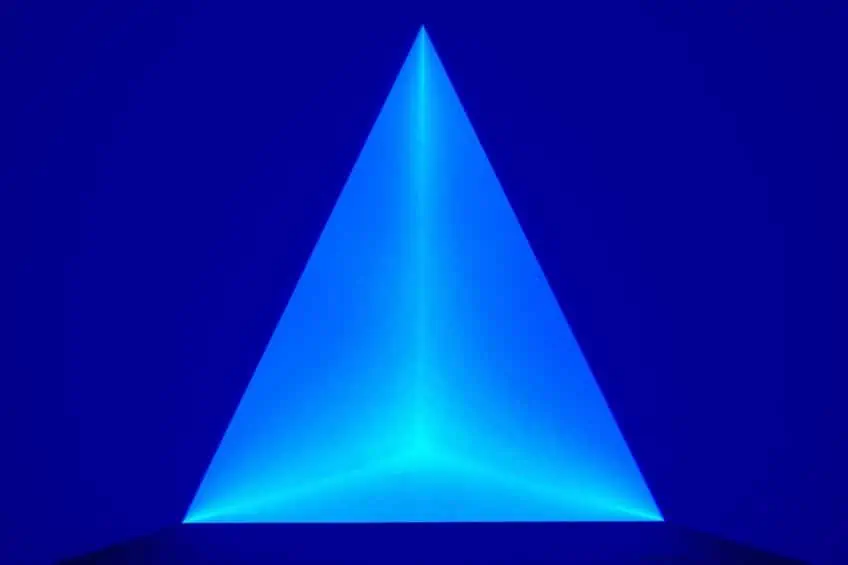 Color Prism (1968) by James Turrell; Dean Hochman, CC BY 2.0, via Wikimedia Commons
Color Prism (1968) by James Turrell; Dean Hochman, CC BY 2.0, via Wikimedia Commons
Color Theory
Color theory is a fundamental aspect of Illusion Art, used by artists to create the illusion of depth, form, and movement. By understanding the principles of color theory, artists can manipulate color to create optical illusions that challenge the viewer’s perception. In Illusion Art, color can be used to create the illusion of depth and form. For instance, artists may use warm colors such as red and orange to make objects appear closer, while cool colors such as blue and green can create a sense of distance. This technique is known as color perspective, and it has been used by artists throughout history, from Renaissance painters such as Leonardo da Vinci to modern artists such as Bridget Riley.
Another way that color is used in Illusion Art is through the phenomenon of simultaneous contrast.
This occurs when two colors are placed next to each other, and their interaction creates the illusion of a third color. For instance, if a red circle is placed on a blue background, the edges of the circle will appear to be tinged with a green hue. This effect can be used by artists to create dynamic, visually engaging works of art. Color theory can also be used to create optical illusions that challenge the viewer’s perception of movement and form. For example, Op art artists such as Victor Vasarely and Bridget Riley used contrasting colors and patterns to create works that appear to be in constant motion, even though they are static.
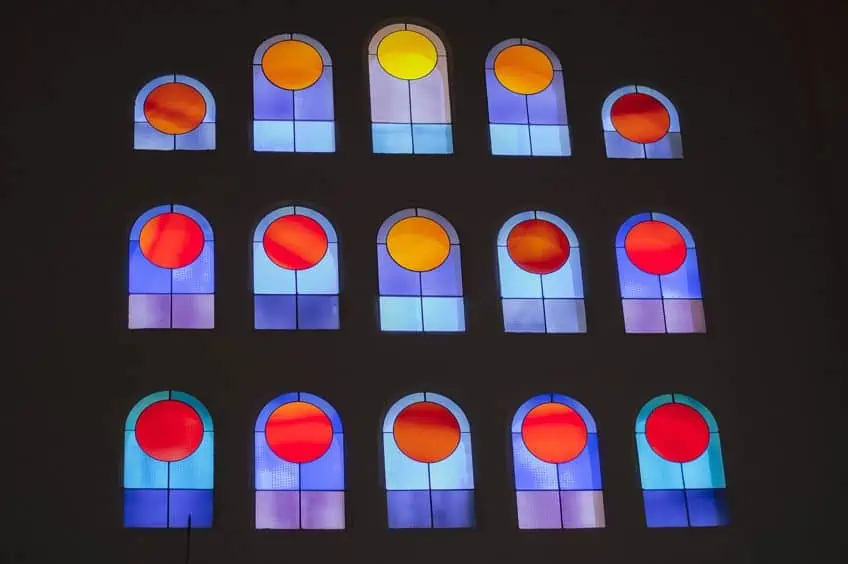
One famous example of the use of color theory in Illusion Art is the work of James Turrell. Turrell’s installations use colored light to create immersive environments that alter the viewer’s perception of space and color. In his work Roden Crater (2011), Turrell creates a series of rooms that are illuminated by different colored light, creating a sense of movement and depth that is both mesmerizing and disorienting.
Materials Used in Illusion Art
Materials used in Illusion Art can vary widely depending on the artist’s chosen medium and the specific techniques used to create the illusion. Let us look at some of the common materials artists use in Illusion Art.
Paint
Paint is a versatile medium that can be used to create a range of illusions, from the trompe l’oeil effect to more abstract illusions created through color theory.
Some artists, such as Bridget Riley and Felice Varini, are known for their use of paint to create optical illusions.
Photography
Photography can be used to create illusions through techniques such as forced perspective or anamorphosis. Some photographers, such as Dorothea Lange (1895 – 1965), use light and shadow to create illusions of depth and dimensionality in their images.
Sculpture
Sculpture is another medium commonly used in Illusion Art. Sculptors may use techniques such as anamorphosis or forced perspective to create illusions that appear to shift and change as the viewer moves around the artwork. Some Illusion artists also create kinetic sculptures that move in response to the viewer’s movements, adding an extra layer of illusion.

Mirrors
Mirrors can be used in Illusion Art to create the impression of infinite space or to distort the viewer’s reflection. Artists such as Yayoi Kusama (1929 – Present) and Anish Kapoor (1954 – Present) use mirrors in their installations to create immersive experiences that blur the boundaries between reality and illusion.
Digital Media
Digital technology has opened up new possibilities for Illusion artists, who can use software to create complex animations and visual effects. Some digital artists, such as Joshua Davis (1971 – Present) and Golan Levin (1972 – Present), use code to create interactive installations that respond to the viewer’s movements.
From the intricate Trompe l’oeil paintings of the Renaissance to the mind-bending installations of contemporary artists, Illusion Art continues to evolve and inspire. By employing techniques such as perspective, shadow and light, color theory, and an array of other methods, Illusion artists transport viewers to other worlds and invite them to question their own perceptions. Through their work, these artists have proven that the imagination and the eye can be manipulated, and that what we see is not always what we get.
Take a look at our optical illusion art webstory here!
Frequently Asked Questions
What Is Trompe l’oeil Art?
Trompe l’oeil art is a fascinating and captivating art style that challenges the viewer’s perceptions of reality and invites them to question what is real and what is not. Its rich history and diverse range of artists make it a fascinating genre of art to explore and appreciate.
What Is Anamorphic Art?
Anamorphic Art is a fascinating and challenging artistic technique that plays with the viewer’s perception of space and perspective. Its origins in ancient Greece and its continued use by modern artists demonstrate its enduring appeal, and the ongoing fascination with optical illusions and hidden meanings in art.
What Is Op Art?
Op Art (or Optical Art) is a fascinating and visually captivating style of art that challenges the viewer’s perception and creates the illusion of movement and depth. Its key 3D Illusion artist and their groundbreaking works have had a lasting impact on the art world, and continue to inspire new generations of artists today.
What Is Kinetic Art?
Kinetic Art is a dynamic and visually engaging style of art that emphasizes movement and illusion. Its origins in the early 20th century and continued influence on contemporary art demonstrate its enduring appeal and ongoing importance in the art world.
Nicolene Burger, a South African multimedia artist and creative consultant, specializes in oil painting and performance art. She earned her BA in Visual Arts from Stellenbosch University in 2017. Nicolene’s artistic journey includes exhibitions in South Korea, participation in the 2019 ICA Live Art Workshop, and solo exhibitions. She is currently pursuing a practice-based master’s degree in theater and performance. Nicolene focuses on fostering sustainable creative practices and offers coaching sessions for fellow artists, emphasizing the profound communicative power of art for healing and connection. Nicolene writes blog posts on art history for artfilemagazine with a focus on famous artists and contemporary art.
Learn more about Nicolene Burger and about us.
Cite this Article
Nicolene, Burger, “Illusion Art – The Intriguing World of Optical Illusion Art.” artfilemagazine – Your Online Art Source. April 25, 2023. URL: https://artfilemagazine.com/illusion-art/
Burger, N. (2023, 25 April). Illusion Art – The Intriguing World of Optical Illusion Art. artfilemagazine – Your Online Art Source. https://artfilemagazine.com/illusion-art/
Burger, Nicolene. “Illusion Art – The Intriguing World of Optical Illusion Art.” artfilemagazine – Your Online Art Source, April 25, 2023. https://artfilemagazine.com/illusion-art/.


